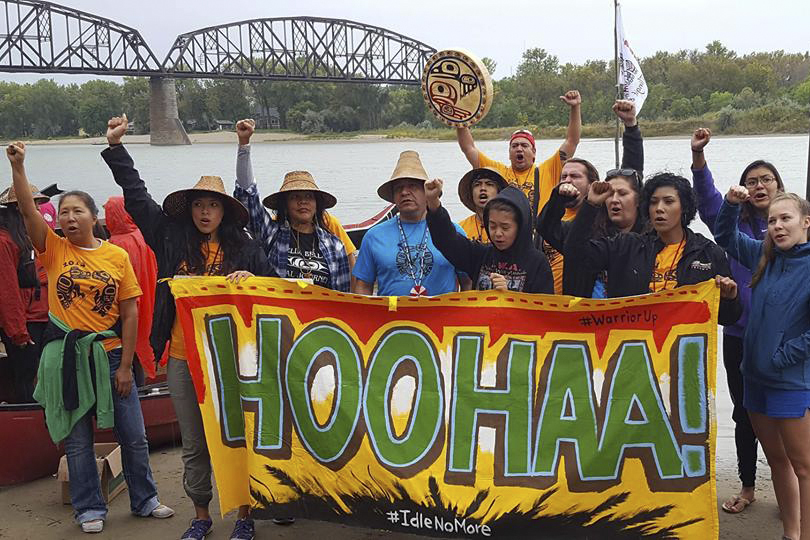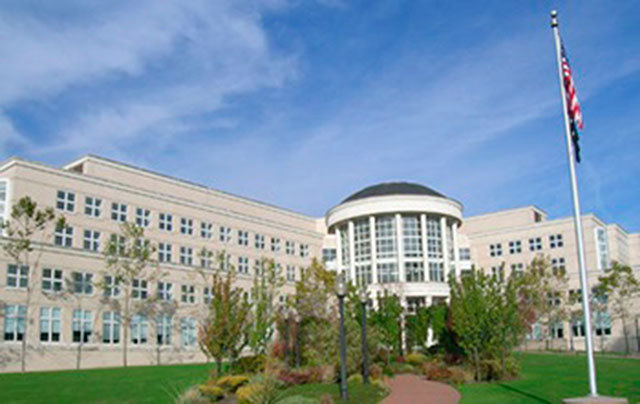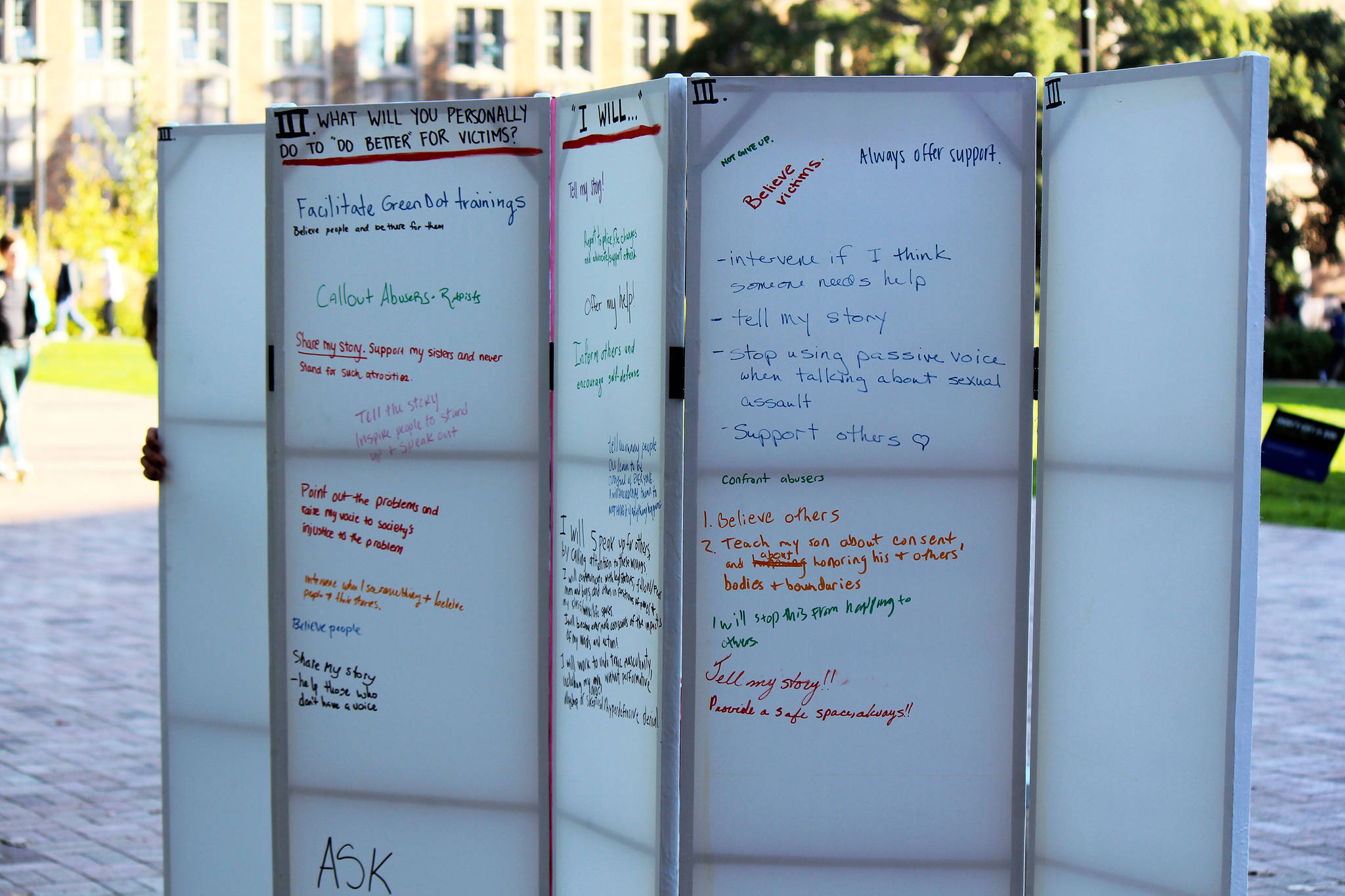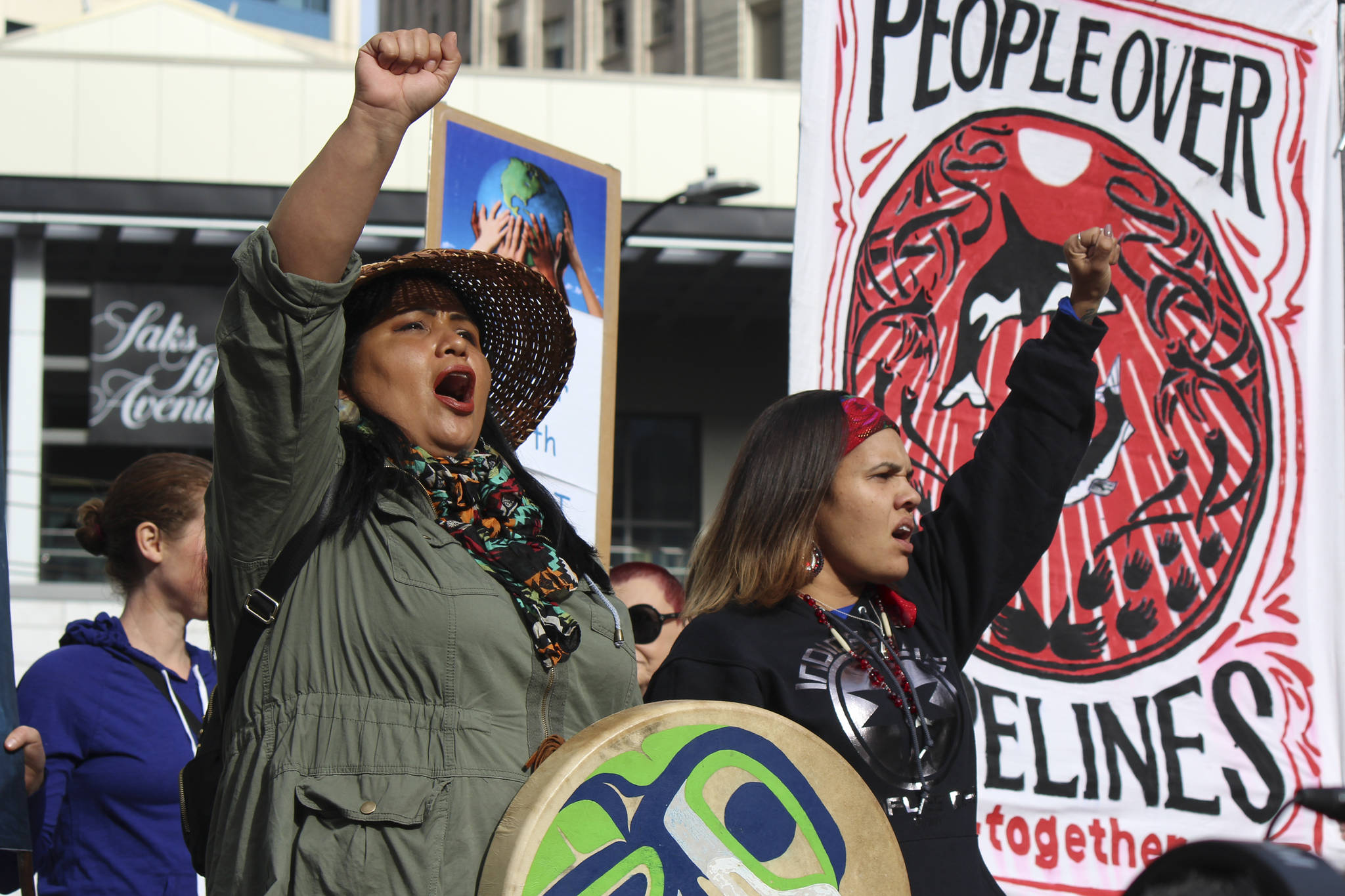Update: This article was first published before federal judge James Boasberg denied the Standing Rock Sioux tribe’s request for a temporary injunction on Friday, September 9. Earthjustice attorney Jan Hasselman, who filed the lawsuit on behalf of the tribe in July, says the ruling will be challenged. Then, shortly after Boasberg’s ruling, federal agencies including the DOJ and DOI called for a temporary halt on pipeline construction in the contested areas.
At first, Selena Kearney didn’t feel like she could uproot her busy life in Seattle and dash off to North Dakota. When members of her tribe, the Chehalis, packed themselves into a van and asked her if she wanted to hop on, she demurred; she had so many work obligations, so much she had to take care of. “There’s just no way,” she said.
But then something stirred in her. Watching it all unfold on social media – watching members of her tribe unpack the coolers of Pacific Northwest salmon and cook them for the Standing Rock Sioux and so many others at the Camp of the Sacred Stone; watching them unfurl the Chehalis flag, as other tribes did with their flags; watching them put their bodies on the line for what has become quite possibly the largest inter-tribal act of resistance in the U.S., ever – it started to feel inevitable. Shortly after her tribe left, she did, too.
After two-and-a-half days on the road, Kearney joined up with the now-thousands who’re standing with the Standing Rock Sioux to help stop construction of the 1,710-mile Dakota Access pipeline, which would carry 470,000 barrels of oil a day alongside the Standing Rock reservation and underneath the Missouri River, upon which the Sioux (and millions of other people) depend for clean drinking water. Over Labor Day weekend, the actions turned violent, when pipeline workers began to dig up sacred burial grounds, and a private security force unleashed dogs and pepper spray on protesters, injuring dozens. Although the county sheriff blamed protesters for inciting the conflict, the footage made its rounds online, recalling other, brutal parts of American history.
Activists are undeterred. The thrust of the standoff — now a hashtag, as well as a mantra — is Mni Wiconi, which in Lakota means “Water is Life.” And so, almost as soon as she arrived on the windswept prairie, Kearney began co-organizing a group of Northwestern tribes to stage a three-day solidarity paddle along the Missouri River, from Bismarck to Cannon Ball. The paddle, which includes the Chehalis, Colville, Nisqually, and many other tribes from Washington, wraps up today, the day that a federal judge is expected to rule on whether or not the U.S. Army Corps of Engineers violated Sioux treaty rights when it granted permits for the pipeline project. If the ruling lands in the tribe’s favor, that would mean a temporary halt on all construction. (The same judge called for a temporary halt on some of the construction earlier this week, but it didn’t include the lands the Sioux are most concerned about.)
Over the past few weeks, Standing Rock has become ground zero for the battle for indigenous rights across the nation. While many news outlets have reported that 90 different tribes are represented here, Kearney says she’s heard it could be as high as 120 or 150. Some of those tribes have historically been mired in conflict. “The Crow Nation came and they gave… many pounds of buffalo meat as a peace offering to the Standing Rock Sioux,” she says, noting that the Crow and the Sioux “have been warring since no one can remember when! That level of cooperation is unprecedented. It’s never happened.”
While there are big conferences and cultural gatherings throughout the year, this could be, as far as Kearney knows, the largest coalition of tribes who’ve come together for a cause “in history. I can’t think of another time.”
This particular fight, she says, is something they all feel deeply. “Treaty rights matter,” and for many Native people, she says, there is nothing more sacred than ancestral land. “Changes come through, things come and things go. But you and your ancestral land are inseparable.” For the Standing Rock Sioux, this ground “is a part of them,” as integral to their livelihood as breathing.
So, no, this is not a protest, Kearney says; these people are not protesters. “Call them protectors. Protesters is not something they feel that they are.”
And to protect the land, in this case, is to protect themselves. “These people are like, ‘No. You can’t do this. This is my body. This is me.’”
Northwestern tribes, in particular, have won these kinds of fossil fuel-project battles before. As a result, one of the things the tribes involved in the solidarity paddle “want to bring to the people of Standing Rock is a sense of power,” Kearney says. “Tribes of the Northwest have defeated billion-dollar deals going through those sacred waters. It can be done.” Indeed, because of treaty rights and federal law, Kearney believes that “every single indigenous person in this country has more sway, and more influence, to affect the natural world” than do other citizens.
People have come from as far as Juneau, Alaska, to join the Sioux in their rallying cry. Mni Wiconi resonates in particular with Northwestern tribes, Kearney says; so many are canoe families, so many are water people. “Northwestern Natives, our way to connect to the land through ceremony and through prayer is to paddle,” she says. “Yeah, water is life. That’s our lifeblood. Water is our first medicine. In the womb, we are in water.”
Kearney recalls one moment last Sunday, the day after the violent clash with private security forces and activists, when hundreds of tribespeople held a healing ceremony and procession to one of the sacred sites that the pipeline developers had dug up. They walked to the site and stood in an enormous circle; they said prayers, sang songs. All were smudged with sage. Kearney saw how deeply affected the Sioux elders were, staring numbly at the ashen, muddy ground. The entire sky was blanketed in gray clouds. Then, suddenly, directly above their circle, was a small patch of blue.
To Kearney, “when I think about what indigenous values can teach in the world,” it’s not only a deep relationship with the land, but also a sense of longevity — the value of preserving history, of seeing the world from a larger perspective. She notes that the Native peoples of the North Dakota region have lived there for thousands of years, at least. The fossil fuel age, by comparison, “is just a blip.”









